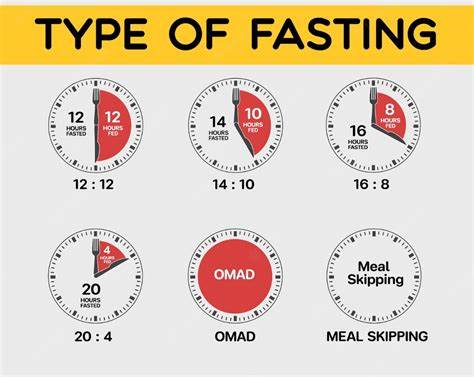weight loss
Fasting Goes Mainstream: The Rising Trend of Time-Restricted Eating
Fasting Goes Mainstream: The Rising Trend of Time-Restricted Eating
Fasting, once considered a niche practice rooted in religious traditions, has now gone mainstream as a powerful lifestyle choice for weight management, metabolic health, and longevity. From intermittent fasting (IF) to extended fasts, more people are embracing the benefits of structured eating windows.
Why Fasting is Gaining Popularity
-
Scientific Backing: Research shows that fasting can improve insulin sensitivity, promote autophagy (cellular repair), and support weight loss.
-
Celebrity Endorsements: Public figures and influencers are advocating for fasting, making it a widely accepted wellness practice.
-
Flexibility & Simplicity: Unlike restrictive diets, fasting doesn’t require calorie counting or meal plans—just controlled eating windows.
Types of Popular Fasting Methods
-
Intermittent Fasting (IF): Common schedules include the 16/8 method (16 hours fasting, 8-hour eating window) and the 5:2 diet (eating normally for 5 days, restricting calories for 2 days).
-
OMAD (One Meal a Day): A stricter approach where individuals consume all daily calories in a single meal.
-
Extended Fasting: Fasting periods beyond 24 hours, such as 48-hour and 72-hour fasts, are gaining traction for deep metabolic benefits.
Fasting Goes Mainstream
Health Benefits of Fasting
-
Supports Weight Loss: Fasting naturally reduces calorie intake while increasing fat burning.
-
Improves Metabolic Health: It helps lower blood sugar, reduce inflammation, and improve heart health.
-
Enhances Brain Function: Studies suggest fasting boosts cognitive performance and reduces the risk of neurodegenerative diseases.
Fasting Goes Mainstream
Is Fasting Right for You?
As fasting becomes mainstream, many are adopting it for its convenience and health benefits. However, it’s essential to consult a healthcare provider before starting, especially for individuals with pre-existing conditions.
With growing research and widespread adoption, fasting is no longer a trend—it’s a lifestyle revolution. Would you try it?

